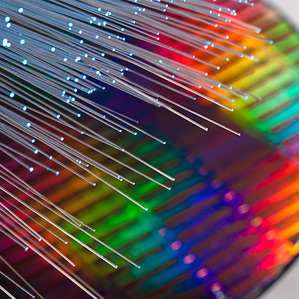 Online marketing is the “in” thing in the 21st century, so it’s natural that YouTube marketing would be a great place to start a successful affiliate marketing campaign. We live in the age where an online retail store can work as well as a shop across the street. The necessary tools used for the marketing of the products, business, skills, or other stuff are everywhere on the Internet, and video is one that you definitely can’t overlook.
Online marketing is the “in” thing in the 21st century, so it’s natural that YouTube marketing would be a great place to start a successful affiliate marketing campaign. We live in the age where an online retail store can work as well as a shop across the street. The necessary tools used for the marketing of the products, business, skills, or other stuff are everywhere on the Internet, and video is one that you definitely can’t overlook.
It’s surprising yet fascinating to know that the very same Internet we use for surfing and finding out valuable info can be used as a tool for marketing. As is the case with many other “tools”, you just have to have the right skills and knowledge in using it to its best potential.
YouTube marketing is another brilliant platform to showcase and sell your products, propagate your business and other retail outlets, or even for self-promotion and talent hunt! Being home to the world’s largest collection of videos by the YouTube users from all over the world, YouTube allows its users to upload videos on the site for free.
Gaining Instant Popularity
With YouTube, the users are just a camera and a click away from gaining the power of fame, but even though the process of making and uploading a video is simple, the gaining of views is not as easy.
Hence, a lot of good videos don’t gain as much access as they should but some with a comparatively linear plot and approach end up gaining viral popularity. To help you gain a similar following, you can buy YouTube views from different sites offering various programs.
This may sound tricky or unbelievable, but you will soon discover that it’s not just about giving some extra bucks to gain some views; it’s about giving some to gain a whole lot more!
Get a Succession of Real Views
So what is in store for you if you buy YouTube views? First, it would help build a following for your video. Then, as the video gains more views it becomes popular, promoting your idea or product to different parts of the globe and making your concept reach a wider audience.
Not only that, if you buy YouTube views, you will also be able to choose from the age groups of the people, and target a primary audience if your project or theme requires for you to do so. All you have to do is to pay attention to the important details and key points in making your video more appreciable, professional and better.
As you gain your experience with marketing in the social world, you’ll eventually come to know of your own grits and tricks to use in your future videos.
See the Viewing Bomb Tick and Your Popularity Soar
To buy YouTube views, you will have to take advantage of the various programs and sites on the Internet and peruse the client feedback and site reputation for authenticity and confirmation. And once your transaction is made, you can sit back and relax, watching your video gain views in a timely fashion and healthy succession, which would’ve been impossible to get otherwise.
Check out some of our videos here 













